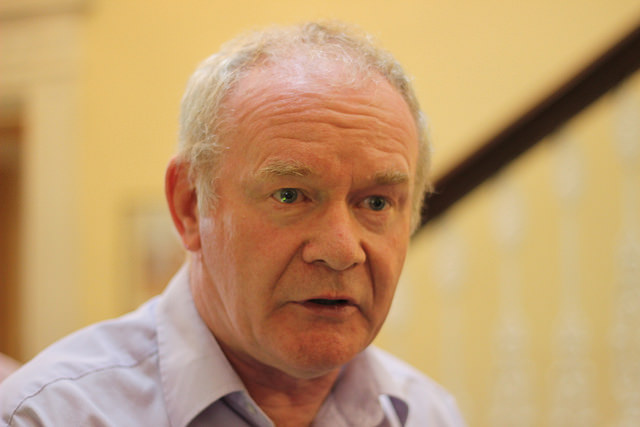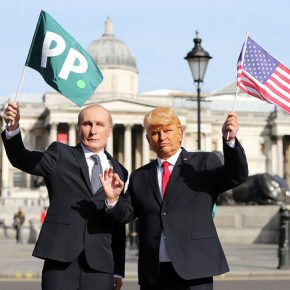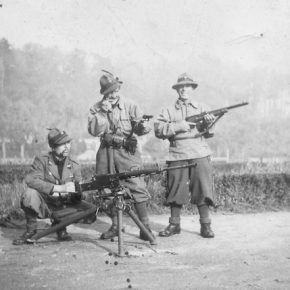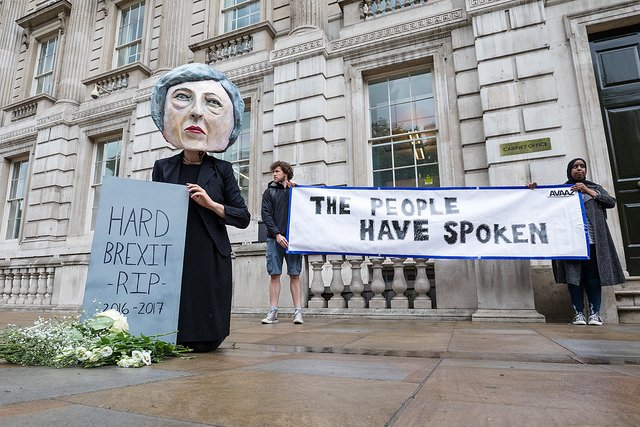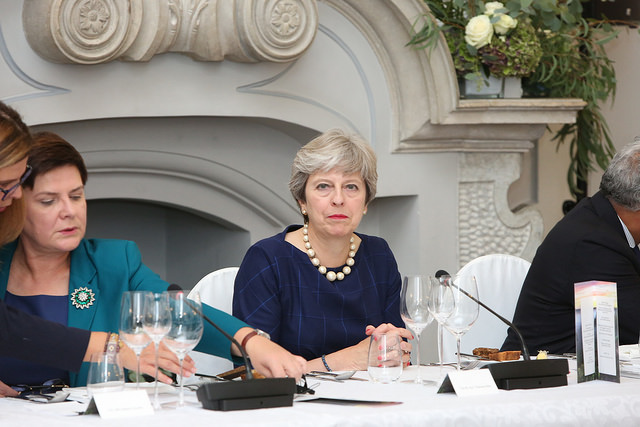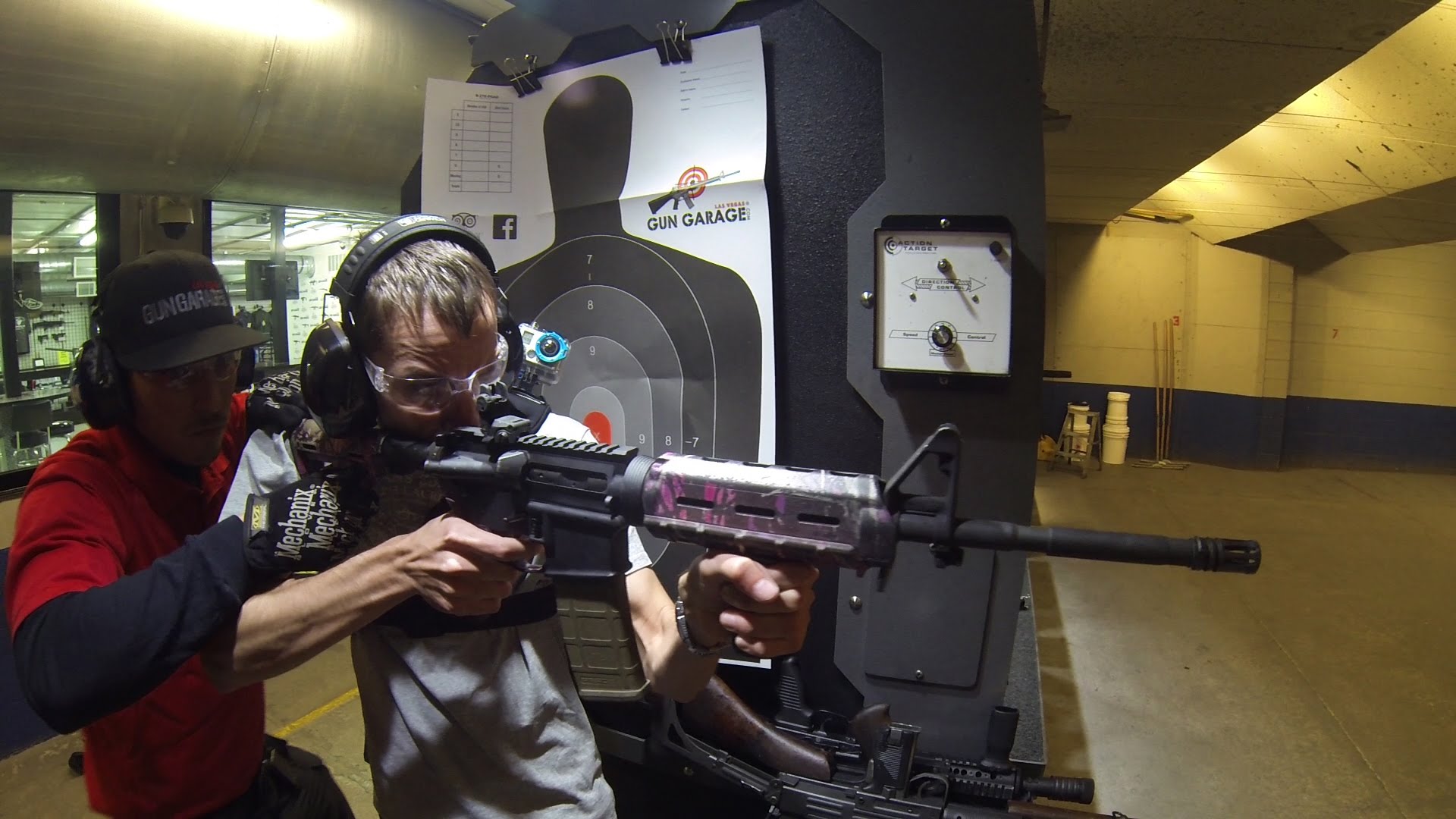As the UK gets ready to leave the European Union, the old unanswered questions of the British union have been accelerated. Despite all the talk of national unity, British society is sharply divided and deeply unequal. Even the English are split over Brexit, let alone the rest of the Kingdom.
On the exact same day that Theresa May signed off on Article 50, the Scottish parliament voted for a second referendum. The demand for democracy in Scotland was treated with scorn, just as Brexit is regarded as a great victory for democracy. Yet UK institutions remain highly centralised and the electoral system is designed to maintain the status quo. The new tension in British society is between partially representative institutions and the referendum that was set up as the perfect expression of the general will.
At the same time, Northern Irish politics have taken a remarkable shift: Sinn Fein and the SDLP now have a majority in Stormont. This means that, for the first time, the Irish nationalists have the upper hand over unionism. But, under the Good Friday agreement, both Sinn Fein and the DUP have to be in government together. The negotiations are not going well, and it looks like the British government may resort to direct rule as a temporary solution.
As the late Christopher Hitchens pointed out, the United Kingdom of Great Britain and Northern Ireland was never really a name for a country, but the name of a set of compromises. Brexit has now opened the space for these compromises to unravel. Not only is Scotland likely to leave, so too could Northern Ireland in the future and this is a vital question.
An Inconvenient History
The Northern Irish elections were triggered when Martin McGuinness resigned over the handling of corruption allegations within the DUP. Sinn Fein would soon find a new leader in Michelle O’Neill. With no IRA connections, O’Neill was less vulnerable to sectarian appeals waged by unionist leaders. Instead the new leadership, coupled with fears of a hard border coming out of Brexit, strengthened the party’s position.
The death of Martin McGuinness last week should be a reminder of the UK’s less than united history. McGuinness is mainly remembered for the dual role he played in his life: the same man who fought the British, only to later negotiate a peace settlement. Indeed, in the eyes of many McGuinness will always just be an IRA terrorist. But he later redeemed himself in British eyes by opting for peace.
Others will choose to see McGuinness as a heroic figure in the struggle for Irish national rights. A smaller few view him as a traitor to the cause, who decided to join the Orange state rather than overthrow it. But these narratives are all caricatures of reality. If you remove Martin McGuinness from history you run the risk of losing sight of the man, and, more importantly, the times in which he lived.
Born out of partition, Northern Ireland was run by right-wing Protestant leaders for decades on the basis of gerrymandered elections. Voting rights were conditional to private property, not unconditional and universal. The result was a sectarian state where Catholics were deprived of jobs and housing in order to reproduce the Unionist settlement. This prevented the emergence of a political opposition.
By the Sixties, Catholic civil rights activists were marching against this state of affairs. They wanted the right to vote, the right to work and an end to sectarian rule. What we euphemistically call “the Troubles” began when Stormont and the RUC tried to repress this burgeoning civil rights movement. The British government decided to deploy troops as a temporary measure – it would last 38 years.
It was in the summer of 1969 that the Provisional IRA emerged from a split with the Official IRA. Initially, the Provos waged what they regarded as a ‘defensive strategy’ to resist the presence of British troops and the rise of Ulster loyalist paramilitaries. But the new strategy would quickly become an offensive campaign with clear aims: the overthrow of the Orange state and the reunification of Ireland.
This same year, Martin McGuinness came of age in Derry’s Bogside. It was the site of civil rights marches and police repression, where agitators erected barricades to keep the RUC out of the community. Free Derry, as it was known, was declared an autonomous nationalist area. Pitch battles between residents and the police became normal. This was the response to the violence of the state.
McGuinness was radicalised by the sight of the RUC savagely beating protesters. He would join the IRA and rise through its ranks in Free Derry, just as the organisation adopted its new strategy to force the British troops out of the region. This was as the non-violent tactics of the civil rights movement began looked like a dead-end. Years of bloodletting lay ahead.
Free Derry would last until 1972 when British troops occupied the area. The Bloody Sunday massacre, in which 14 people were shot dead by British troops, would bolster the IRA campaign. In the aftermath, people joined the IRA in droves to fight the British army. The loyalist paramilitaries would continue to look for a military solution to the conflict, even destroying concessions made by Stormont and British authorities.
Rumours of Peace
Although it’s often said that the Ulster Unionists were totally opposed to reform, there was the 1973 bid to forge a power-sharing arrangement. This was just after concessions were made to expand voting rights. Instead the attempt was destroyed when the Ulster Workers’ Council went on strike for two weeks. The strike was backed by loyalist paramilitaries – the UVF and the UDA – who waged a campaign of bombing.
The British government resorted to direct rule as Stormont was crippled and 39 people were killed in the violence. The Sunningdale agreement could have led to a new government and the end of the conflict, though these efforts were scuppered by loyalists they set the benchmark for the Good Friday agreement. This was around the same time that Martin McGuinness was serving time for transporting arms.
It’s still often said that the IRA killed far more civilians than their opponents. However, the statistics tell a different story. Between 1970 and 1994 the IRA was responsible for 28% of civilian deaths, whereas the loyalist groups were responsible for 47% and the British army was responsible for just over 10%. So it’s clearly a mistake to view the conflict in Northern Ireland as if the IRA were the sole cause of violence in Ulster.
After the years of violence, the peace process got off the ground and the IRA initiated a ceasefire in 1994. These negotiations were fruitful because of the mutual exhaustion and the recognition that there was no viable military solution. Martin McGuinness and Gerry Adams saw this opening and decided to seek out a political solution. The end result was a power-sharing arrangement.
Now over twenty years since the peace process began, the republican bloc have the majority in the Northern Irish Assembly and Sinn Fein has usurped the SDLP position as the leading Irish nationalist party. Even if the negotiations fail and the British government have to step in, the conditions for a referendum are developing. If the current trajectory continues, Irish reunification is a real possibility in our lifetimes.
Photograph courtesy of Sinn Fein. Published under a Creative Commons license.
